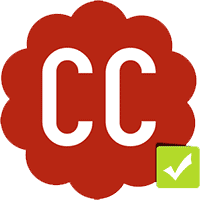Is it true that an online copywriter shouldn’t charge according to the time he or she spends on the project?
I recently read on another blog post (by a relatively well-known copywriter) that online copywriters commit a fraud by charging or quoting their clients according to the time they are…
